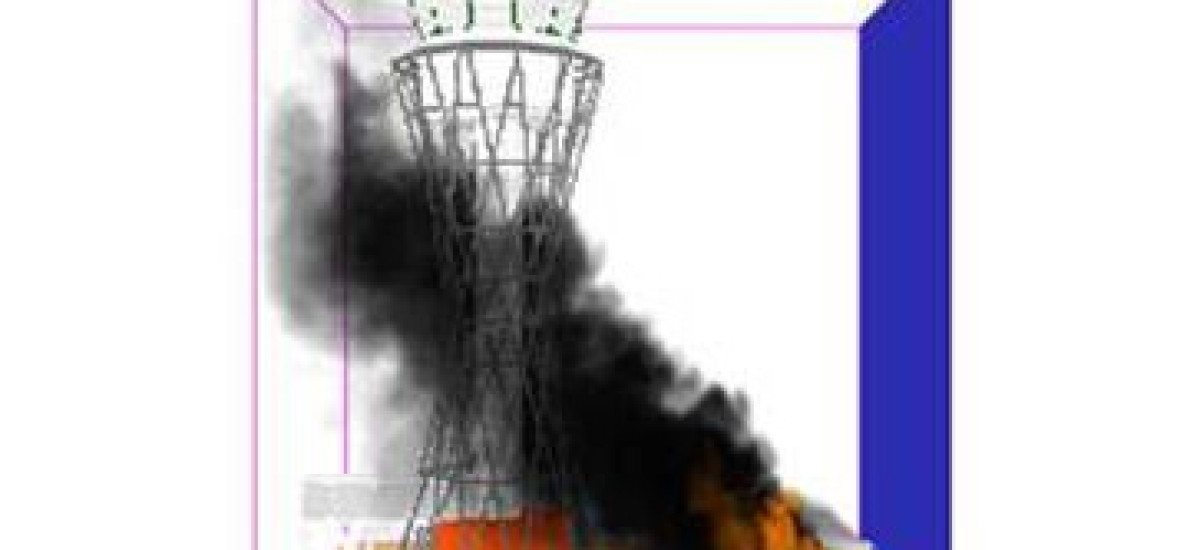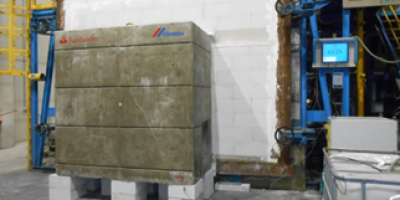Further to the agreement with Tajikistan for the French army detachment at the International Airport of Dushanbe, the French authorities are participating in the renovation of the airport. In this context, the French Ministry of Defense requested the assistance of the French Civil Aviation Authority (DGAC) in the assessment of the Dushanbe airport facilities by technical experts.
The experts concluded that a new control tower was needed. The design and construction operation of the future control tower was provided by the Airports Engineering National Service (SNIA). SNIA is in charge of the conception of the main airport sites in France and has already worked with Efectis for Marseille Provence Airport. The future control tower of Dushanbe Airport in Tajikistan will be a 36 meter-high building, comprising a steel structure called a ‘’hyperbolic paraboloid’ (figure 1).
In Tajik regulations, the fire stability of structures is defined by a prescriptive regulation: two-hour stability is required for this structure (the same as in France for high rise buildings). As the tower will be constructed according to the French regulations, Efectis France has been mandated by SNIA to perform a fire safety engineering study, as required by French regulations and with the approval of the Tajik authorities, in order to verify that the fire stability of the tower is achieved for the entire duration of real fire scenarios. The most severe and realistic scenario was imposed by the Tajik authorities: a tanker fire.
Efectis carried out the study as follows:
- Calculation of thermal actions on the structure (tanker fire), mainly with FDS software (see figure 2)
- Determination of the critical temperature for the structural elements of the tower, according to Eurocode 3 part 1-2 ‘fire behavior of steel structures’
- Calculation of how the structural elements heat up (SAFIR software, see figure 3).
- Calculation of the thermo-mechanical response of the structure using advanced calculation models with ANSYS software (see figures 4-5-6).
Efectis France then met the Tajik authorities in Dushanbe to explain the results of the fire safety engineering study: the fire stability of the tower is achieved for the entire duration of the real fire scenario considered.
The Tajik authorities and the local engineering office (Shahrofar Institute) were very interested in this new method and authorized the construction of the control tower of Dushanbe Airport. It was the first time that the fire engineering method had been used in Tajikistan.
- Figure 1 – 3D model by Gabriel Daguet, Nicolas Blondel and François Isaia of the SNIA
- Figure 2 – FDS simulation (tanker fire)
- Figure 3 – SAFIR simulation
- Figure 4 – 3D thermo-mechanical model temperatures at the bottom of the tower
- Figure 5 – 3D thermo-mechanical model temperatures (tower)
- Figure 6 – 3D thermo-mechanical model: displacement



